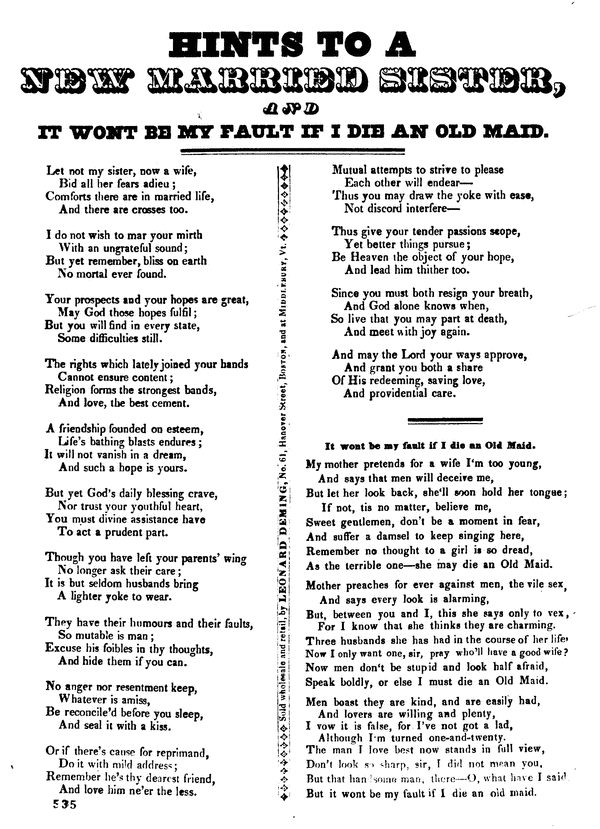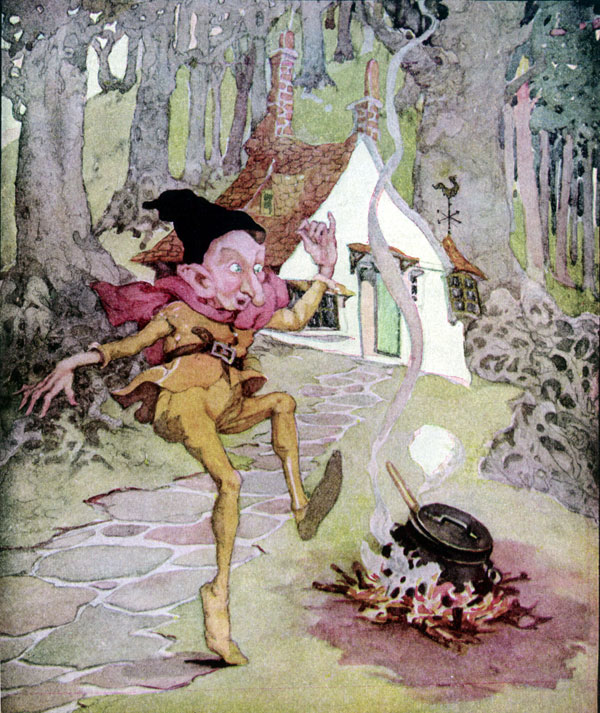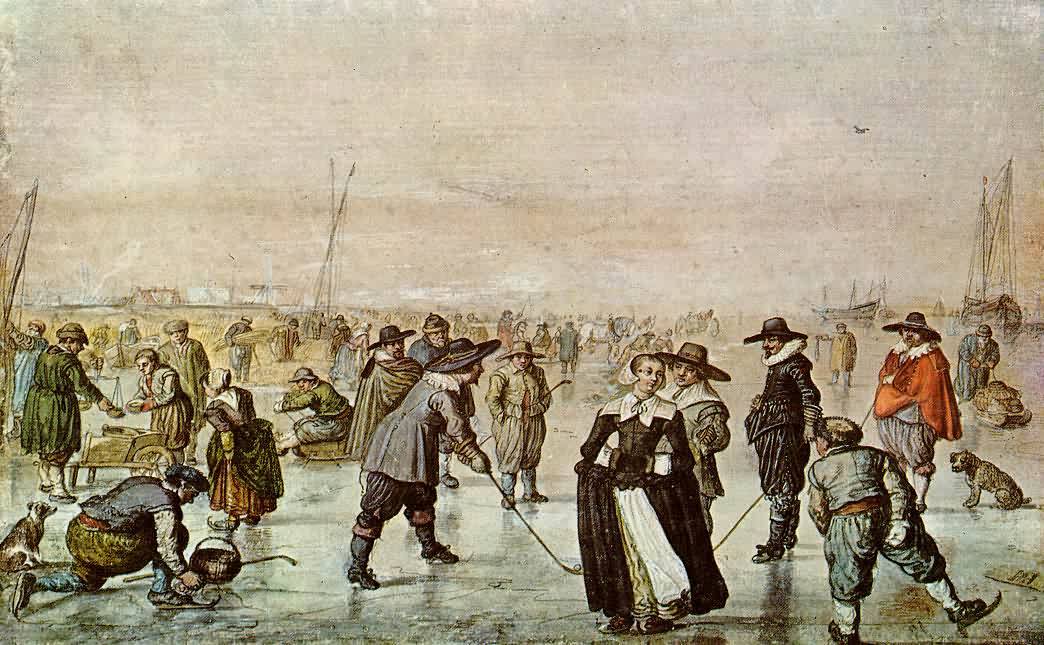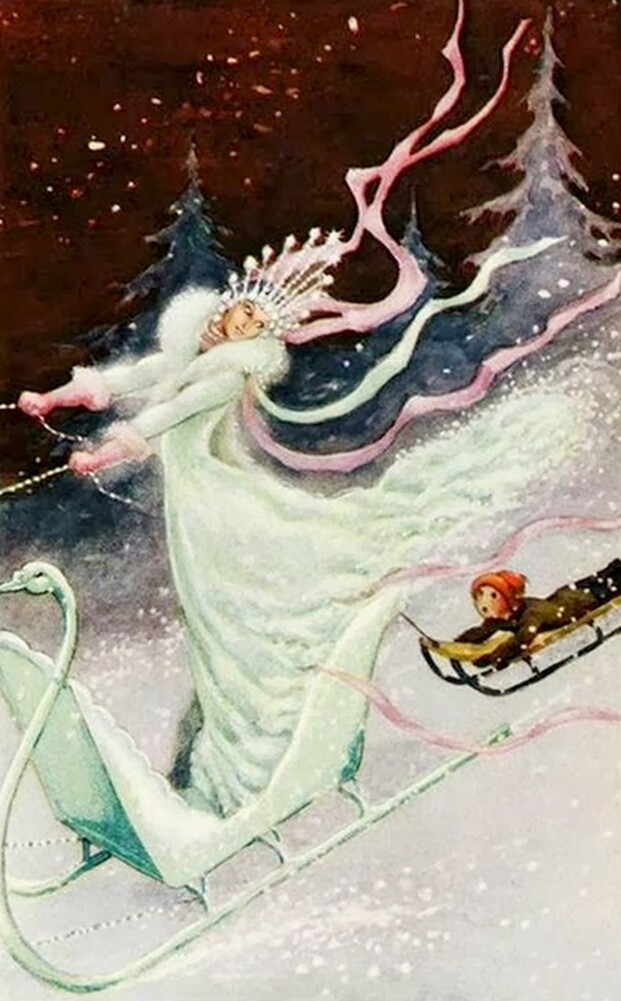|
Kissing The Witch
''Kissing the Witch'' (or ''Kissing the Witch: Old Tales in New Skins)'' is a collection of interconnected fictional short stories written by Irish-Canadian Emma Donoghue. Each of the thirteen stories in the collection is an adaptation of a well-known European fairy tale, with several tales featuring feminist and queer themes. The stories are linked together by a narrative structure where the narrator of the previous story becomes the listener of the story that follows. None of the narrators or characters are named, instead being referred to via epithets and aliases. The book, originally published in 1997 by Hamish Hamilton Ltd.'','' was Donoghue's third published fiction novel and first short story collection. Following its release, ''Kissing the Witch'' was translated into Dutch (1997), Catalan (2000), and Italian (2007). The US paperback collection released in 1999 by HarperCollins Publishers Inc. features a cover designed by Christine Kettner. The cover features a sim ... [...More Info...] [...Related Items...] OR: [Wikipedia] [Google] [Baidu] |
Folklore
Folklore is shared by a particular group of people; it encompasses the traditions common to that culture, subculture or group. This includes oral traditions such as tales, legends, proverbs and jokes. They include material culture, ranging from traditional building styles common to the group. Folklore also includes customary lore, taking actions for folk beliefs, the forms and rituals of celebrations such as Christmas and weddings, folk dances and initiation rites. Each one of these, either singly or in combination, is considered a folklore artifact or traditional cultural expression. Just as essential as the form, folklore also encompasses the transmission of these artifacts from one region to another or from one generation to the next. Folklore is not something one can typically gain in a formal school curriculum or study in the fine arts. Instead, these traditions are passed along informally from one individual to another either through verbal instruction or demonstr ... [...More Info...] [...Related Items...] OR: [Wikipedia] [Google] [Baidu] |
Cinderella
"Cinderella",; french: link=no, Cendrillon; german: link=no, Aschenputtel) or "The Little Glass Slipper", is a folk tale with thousands of variants throughout the world.Dundes, Alan. Cinderella, a Casebook. Madison, Wis: University of Wisconsin Press, 1988. The protagonist is a young woman living in forsaken circumstances that are suddenly changed to remarkable fortune, with her ascension to the throne via marriage. The story of Rhodopis, recounted by the Greek geographer Strabo sometime between around 7 BC and AD 23, about a Greek slave girl who marries the king of Egypt, is usually considered to be the earliest known variant of the Cinderella story.Roger Lancelyn Green: ''Tales of Ancient Egypt'', Penguin UK, 2011, , chapter "The Land of Egypt" The first literary European version of the story was published in Italy by Giambattista Basile in his ''Pentamerone'' in 1634; the version that is now most widely known in the English-speaking world was published in French by Charles ... [...More Info...] [...Related Items...] OR: [Wikipedia] [Google] [Baidu] |
Flax
Flax, also known as common flax or linseed, is a flowering plant, ''Linum usitatissimum'', in the family Linaceae. It is cultivated as a food and fiber crop in regions of the world with temperate climates. Textiles made from flax are known in Western countries as linen and are traditionally used for bed sheets, underclothes, and table linen. Its oil is known as linseed oil. In addition to referring to the plant, the word "flax" may refer to the unspun fibers of the flax plant. The plant species is known only as a cultivated plant and appears to have been domesticated just once from the wild species ''Linum bienne'', called pale flax. The plants called "flax" in New Zealand are, by contrast, members of the genus ''Phormium''. Description Several other species in the genus ''Linum'' are similar in appearance to ''L. usitatissimum'', cultivated flax, including some that have similar blue flowers, and others with white, yellow, or red flowers. Some of these are perennial pla ... [...More Info...] [...Related Items...] OR: [Wikipedia] [Google] [Baidu] |
Spinster
''Spinster'' is a term referring to an unmarried woman who is older than what is perceived as the prime age range during which women usually marry. It can also indicate that a woman is considered unlikely to ever marry. The term originally denoted a woman whose occupation was to spin. A synonymous term is old maid. The closest equivalent term for males is "bachelor" or "confirmed bachelor", but this generally does not carry the same connotations in reference to age and perceived desirability in marriage. Etymology and history Long before the Industrial Age, "the art & calling of being a spinster" denoted girls and women who spun wool. According to the ''Online Etymological Dictionary'', spinning was "commonly done by unmarried women, hence the word came to denote" an unmarried woman in legal documents from the 1600s to the early 1900s, and "by 1719 was being used generically for 'woman still unmarried and beyond the usual age for it'". As a denotation for unmarried women ... [...More Info...] [...Related Items...] OR: [Wikipedia] [Google] [Baidu] |
Rumpelstiltskin
"Rumpelstiltskin" ( ; german: Rumpelstilzchen) is a German fairy tale. It was collected by the Brothers Grimm in the 1812 edition of ''Children's and Household Tales''. The story is about a little imp who spins straw into gold in exchange for a girl's firstborn child. Plot In order to appear superior, a miller brags to the king and people of the kingdom he lives in by claiming his daughter can spin straw into gold.Some versions make the miller's daughter blonde and describe the "straw-into-gold" claim as a careless boast the miller makes about the way his daughter's straw-like blond hair takes on a gold-like lustre when sunshine strikes it. The king calls for the girl, locks her up in a tower room filled with straw and a spinning wheel, and demands she spin the straw into gold by morning or he will have her killed.Other versions have the king threatening to lock her up in a dungeon forever, or to punish her father for lying. When she has given up all hope, a little imp-like man ... [...More Info...] [...Related Items...] OR: [Wikipedia] [Google] [Baidu] |
Sled
A sled, skid, sledge, or sleigh is a land vehicle that slides across a surface, usually of ice or snow. It is built with either a smooth underside or a separate body supported by two or more smooth, relatively narrow, longitudinal runners similar in principle to skis. This reduces the amount of friction, which helps to carry heavy loads. Some designs are used to transport passengers or cargo across relatively level ground. Others are designed to go downhill for recreation, particularly by children, or competition. (Compare cross-country skiing with its downhill cousin.) Shades of meaning differentiating the three terms often reflect regional variations depending on historical uses and prevailing climate. In British English, ''sledge'' is the general term, and more common than ''sled''. ''Toboggan'' is sometimes used synonymously with ''sledge'' but more often to refer to a particular type of sledge without runners. ''Sleigh'' refers to a moderate to large-sized, usually ... [...More Info...] [...Related Items...] OR: [Wikipedia] [Google] [Baidu] |
Ice Skating
Ice skating is the self-propulsion and gliding of a person across an ice surface, using metal-bladed ice skates. People skate for various reasons, including recreation (fun), exercise, competitive sports, and commuting. Ice skating may be performed on naturally frozen bodies of water, such as ponds, lakes, canals, and rivers, and on man-made ice surfaces both indoors and outdoors. Natural ice surfaces used by skaters can accommodate a variety of winter sports which generally require an enclosed area, but are also used by skaters who need ice tracks and trails for distance skating and speed skating. Man-made ice surfaces include ice rinks, ice hockey rinks, bandy fields, ice tracks required for the sport of ice cross downhill, and arenas. Various formal sports involving ice skating have emerged since the 19th century. Ice hockey, bandy, rinkball, and ringette, are team sports played with, respectively, a flat sliding puck, a ball, and a rubber ring. Synchronized skating ... [...More Info...] [...Related Items...] OR: [Wikipedia] [Google] [Baidu] |
The Snow Queen
"The Snow Queen" ( da, Snedronningen) is an original fairy tale by Danish author Hans Christian Andersen. It was first published 21 December 1844 in '' New Fairy Tales. First Volume. Second Collection'' (''Nye Eventyr. Første Bind. Anden Samling''). The story centers on the struggle between good and evil as experienced by Gerda and her friend, Kai. The story is one of Andersen's longest and most highly acclaimed stories. It is regularly included in selected tales and collections of his work and is frequently reprinted in illustrated storybook editions for children. Story The devil, in the form of an evil troll, has made a magic mirror that distorts the appearance of everything that it reflects. The magic mirror fails to reflect the good and beautiful aspects of people and things, and magnifies their bad and ugly aspects. The devil, who is headmaster at a troll school, takes the mirror and his pupils throughout the world, delighting in using it to distort everyone and everythi ... [...More Info...] [...Related Items...] OR: [Wikipedia] [Google] [Baidu] |
Hunter
Hunting is the human activity, human practice of seeking, pursuing, capturing, or killing wildlife or feral animals. The most common reasons for humans to hunt are to harvest food (i.e. meat) and useful animal products (fur/hide (skin), hide, bone/tusks, horn (anatomy), horn/antler, etc.), for recreation/taxidermy (see trophy hunting), to remove predators dangerous to humans or domestic animals (e.g. wolf hunting), to pest control, eliminate pest (organism), pests and nuisance animals that damage crops/livestock/poultry or zoonosis, spread diseases (see varmint hunting, varminting), for trade/tourism (see safari), or for conservation biology, ecological conservation against overpopulation and invasive species. Recreationally hunted species are generally referred to as the ''game (food), game'', and are usually mammals and birds. A person participating in a hunt is a hunter or (less commonly) huntsman; a natural area used for hunting is called a game reserve; an experienced hun ... [...More Info...] [...Related Items...] OR: [Wikipedia] [Google] [Baidu] |
Rapunzel
"Rapunzel" ( , ) is a German fairy tale recorded by the Brothers Grimm and first published in 1812 as part of ''Children's and Household Tales'' (KHM 12). The Brothers Grimm's story developed from the French literary fairy tale of ''Persinette'' by Charlotte-Rose de Caumont de La Force (1698). The tale is classified as Aarne–Thompson type 310 ("The Maiden in The Tower"). Its plot has been used and parodied in various media. Its best known line is, "Rapunzel, Rapunzel, let down your hair". Plot A lonely couple, who long for a child, live next to a large, extensive, high-walled subsistence garden, belonging to a sorceress.), despite the common modern impression. The wife, experiencing pregnancy cravings, longs for the ''rapunzel'' that she sees growing in the garden (''rapunzel'' is either the salad green and root vegetable ''Campanula rapunculus'', or the salad green ''Valerianella locusta''). She refuses to eat anything else and begins to waste away. Her husband fears ... [...More Info...] [...Related Items...] OR: [Wikipedia] [Google] [Baidu] |
The Goose Girl
"The Goose Girl" (german: Die Gänsemagd) is a German fairy tale collected by the Brothers Grimm and first published in ''Grimm's Fairy Tales'' in 1815 (KHM 89). It is of Aarne-Thompson type 533. The story was first translated into English by Edgar Taylor in 1826, then by many others, e.g. by an anonymous community of translators in 1865, by Lucy Crane in 1881, by LucMargaret Hunt in 1884, etc. Andrew Lang included it in ''The Blue Fairy Book'' in 1889. Origin The tale was first published by the Brothers Grimm in the first edition of ''Kinder- und Hausmärchen'', vol. 2, in 1815, as number 3. It appears as no. 89 since the second edition (1819). Grimm's source for the story is the German storyteller Dorothea Viehmann (1755–1815). Summary A widowed queen sends her daughter to a faraway land to marry. Accompanying the princess are her magical horse Falada, who can speak, and a waiting maid. The queen gives the princess a special charm that will protect her as long as she ... [...More Info...] [...Related Items...] OR: [Wikipedia] [Google] [Baidu] |
Stanza
In poetry, a stanza (; from Italian language, Italian ''stanza'' , "room") is a group of lines within a poem, usually set off from others by a blank line or Indentation (typesetting), indentation. Stanzas can have regular rhyme scheme, rhyme and Metre (poetry), metrical schemes, but they are not required to have either. There are many different : Stanzaic form, forms of stanzas. Some stanzaic forms are simple, such as four-line quatrains. Other forms are more complex, such as the Spenserian stanza. Fixed verse, Fixed verse poems, such as sestinas, can be defined by the number and form of their stanzas. The stanza has also been known by terms such as ''batch'', ''fit'', and ''stave''. The term ''stanza'' has a similar meaning to ''strophe'', though ''strophe'' sometimes refers to an irregular set of lines, as opposed to regular, rhymed stanzas. Even though the term "stanza" is taken from Italian, in the Italian language the word "strofa" is more commonly used. In music, groups of ... [...More Info...] [...Related Items...] OR: [Wikipedia] [Google] [Baidu] |








